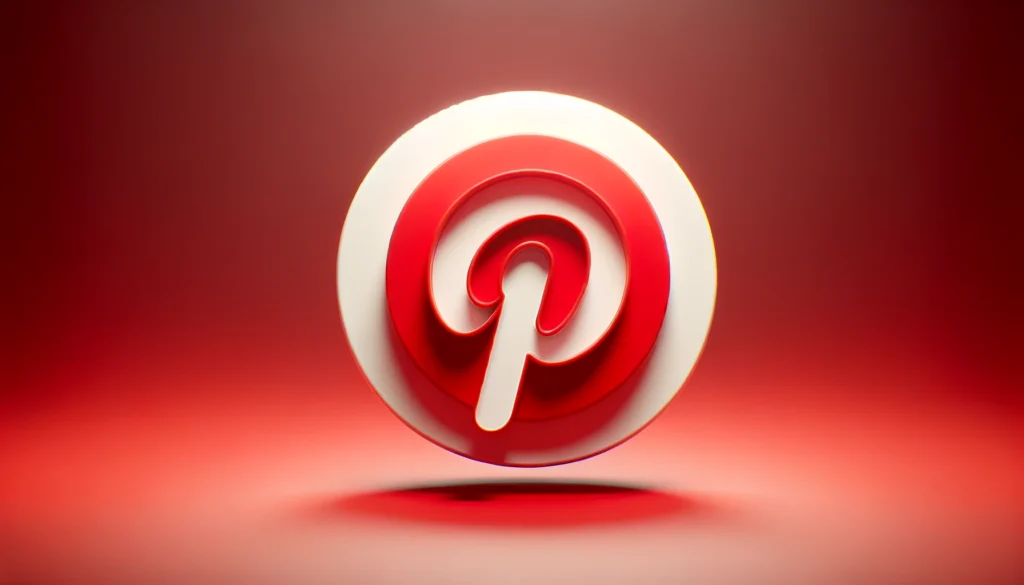The Amazing Pinterest: The Visual Search Engine That Changed Social Media

Introduction to Pinterest
Pinterest is a visual discovery and bookmarking tool that has revolutionized the way people find and share ideas. Launched in 2010, Pinterest has grown into a global platform where users can discover, save, and share inspiration for various interests and projects. The platform’s unique approach to content curation has made it a favorite among creatives, hobbyists, and professionals alike. Unlike traditional social media platforms that focus on networking and communication, Pinterest emphasizes visual content and discovery, making it a powerful tool for users seeking inspiration and ideas.
The Meaning Behind Pinterest
The name Pinterest is a combination of “pin” and “interest,” reflecting the platform’s core functionality. Users “pin” images and links related to their interests onto virtual boards, creating a personalized collection of ideas. This innovative concept allows users to organize and categorize their finds, making it easier to revisit and share inspiration. The ability to create multiple boards on different topics enables users to tailor their experience to their unique preferences and needs. This feature not only enhances user engagement but also fosters a sense of community among those with shared interests.
Founders and Early Days
Pinterest was founded by Ben Silbermann, Paul Sciarra, and Evan Sharp. The idea for Pinterest was inspired by Silbermann’s childhood love for collecting items. After struggling with other startup ideas, the trio launched a beta version of Pinterest in March 2010. Initially, the platform was invite-only, which created a sense of exclusivity and curiosity among potential users. This strategic approach helped generate buzz and attract a dedicated user base in the early days. The founders’ dedication to understanding user behavior and iterating on feedback was crucial in refining the platform and setting the stage for its future success.
Evolution and Growth
Since its inception, Pinterest has undergone significant changes and improvements. The platform introduced features like the “Pin It” button, which allows users to save content from any website directly to their Pinterest boards. Over time, Pinterest has also enhanced its search capabilities, making it easier for users to discover new content based on their interests and browsing habits. The introduction of guided search, visual search, and personalized recommendations has made the platform more intuitive and user-friendly. These innovations have contributed to Pinterest’s growth and popularity, solidifying its position as a leading visual discovery tool.
The Rise to Popularity
Pinterest’s growth has been phenomenal. Within a few years of its launch, the platform amassed millions of users. Its unique visual format and user-friendly interface set it apart from other social media platforms. By 2012, Pinterest had become one of the fastest-growing websites in history, attracting users from around the world. The platform’s ability to appeal to a diverse audience, from DIY enthusiasts and fashionistas to marketers and educators, has been a key factor in its widespread adoption. The community-driven nature of Pinterest, combined with its visually engaging content, continues to attract new users and keep existing ones engaged.
Positive Aspects of Pinterest
One of the most significant advantages of Pinterest is its ability to inspire creativity. Users can find ideas for everything from home decor and fashion to recipes and travel destinations. Pinterest also serves as a powerful marketing tool for businesses, allowing them to showcase their products and services in a visually appealing way. The platform’s visual nature makes it particularly effective for brands looking to create emotional connections with their audience. Additionally, Pinterest’s rich data and analytics tools provide valuable insights for businesses to optimize their marketing strategies and drive better results.
Drawbacks and Criticisms
Despite its many benefits, Pinterest is not without its flaws. One common criticism is the platform’s potential to create unrealistic expectations. The curated and polished nature of Pinterest content can sometimes lead to feelings of inadequacy among users. Additionally, like other social media platforms, Pinterest can be a time-consuming distraction. Some users may also find the platform’s emphasis on visual content challenging if they prefer more text-based information. Addressing these concerns is important for Pinterest to maintain a positive user experience and continue its growth trajectory.
Pinterest’s Revolutionary Impact
Pinterest has revolutionized the way people discover and save ideas. Its visual-centric approach has influenced other social media platforms and inspired new features and functionalities. Pinterest has also changed the landscape of online marketing, providing businesses with a new way to reach and engage with their target audience. The platform’s focus on discovery rather than just social interaction has made it a valuable tool for users seeking inspiration and information. Pinterest’s impact extends beyond individual users to influence trends in various industries, from fashion and home decor to food and travel.
Pinterest in Numbers
As of 2024, Pinterest boasts over 450 million active users worldwide. The platform’s market value is estimated to be around $50 billion. Pinterest’s user base is predominantly female, with women accounting for more than 70% of its users. Additionally, Pinterest users are known for their high engagement levels, spending an average of 14.2 minutes per visit on the platform. These impressive statistics highlight Pinterest’s widespread appeal and effectiveness as a visual discovery tool. The platform’s growth in international markets and its ability to attract new users across different demographics are testaments to its enduring popularity and relevance.
The Marketing Potential
Pinterest’s visual nature makes it an ideal platform for marketing and advertising. Businesses can create visually appealing pins that link directly to their websites, driving traffic and sales. Pinterest’s advertising options, such as Promoted Pins and Shopping Ads, provide brands with effective ways to reach their audience and increase their visibility. The platform’s robust analytics tools help businesses track performance and optimize their campaigns for better results. Pinterest’s focus on intent-based discovery means that users are often in a planning or purchasing mindset, making the platform particularly valuable for driving conversions and achieving marketing goals.
Community and User Engagement
Pinterest fosters a strong sense of community among its users. The platform encourages collaboration through group boards, where multiple users can contribute and share ideas. This collaborative aspect has made Pinterest a valuable resource for teams and organizations looking to brainstorm and plan projects collectively. The ability to interact with other users, follow boards, and engage with content through comments and likes further enhances the sense of community. Pinterest’s efforts to promote positive interactions and create a supportive environment have contributed to its success in building a loyal and engaged user base.
The Role of Algorithms
Pinterest’s algorithms play a crucial role in the user experience. These algorithms analyze user behavior and preferences to deliver personalized content recommendations. By constantly refining its algorithms, Pinterest ensures that users discover relevant and engaging content tailored to their interests. The platform’s use of machine learning and artificial intelligence helps improve search results and enhance the overall user experience. Pinterest’s commitment to innovation and technology allows it to stay ahead of trends and provide users with a seamless and enjoyable browsing experience.
Innovations and Future Prospects
Pinterest continues to innovate and expand its offerings. The platform has introduced features like Pinterest Lens, which allows users to take photos of real-world objects and find related pins. As technology advances, Pinterest is likely to explore new ways to enhance the user experience and maintain its position as a leading visual discovery tool. The integration of augmented reality (AR) and virtual reality (VR) technologies holds exciting possibilities for the future of Pinterest. These innovations could transform how users interact with content, providing immersive and interactive experiences that further elevate Pinterest’s appeal.
Conclusion: The Lasting Impact of Pinterest
Pinterest has made a significant impact on the digital landscape. Its unique approach to content discovery and curation has inspired millions of users and transformed the way businesses market their products. As Pinterest continues to evolve, it will undoubtedly remain a vital tool for inspiration and creativity in the years to come. The platform’s ability to adapt to changing user needs and technological advancements will be key to its continued success. Pinterest’s influence on digital marketing, social media, and visual discovery will likely persist, shaping trends and driving innovation in the industry.
Final Thoughts
Pinterest’s journey from a small startup to a global platform is a testament to the power of innovation and creativity. By combining visual discovery with social networking, Pinterest has carved out a unique niche in the digital world. Whether you’re looking for inspiration, planning a project, or marketing a business, Pinterest offers endless possibilities for exploration and engagement. The platform’s ongoing commitment to user experience, community building, and technological advancement ensures that it will remain a beloved and essential tool for years to come.
Read Also: The Amazing Twitter: From Its Inception to Today’s Digital Giant





2 thoughts on “The Amazing Pinterest: The Visual Search Engine That Changed Social Media”